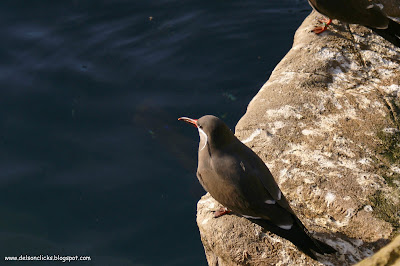 Like I said on the post on 7th, I did wait for the bird under the tree to get a closer photograph and this is the best I could manage. The bird is such a restless one, that it hardly sat at any one place for more than a few seconds.
Like I said on the post on 7th, I did wait for the bird under the tree to get a closer photograph and this is the best I could manage. The bird is such a restless one, that it hardly sat at any one place for more than a few seconds.Continuing from the previous post ( Photography mistakes that I commit even after knowing)
Mistake4: Not carrying sufficient memory or charge: This one is self explanatory- carry extra memory and spare battery and its better to have large number of small capacity cards than one big card. If something goes wrong with once card, at least you have others. Now honestly, I don't have an extra memory card or a back up battery, in such a case the least I can do is download photographs at the first available opportunity and keep the memory card blank and ready. Similarly keep the battery charged up. But this is easier said than done and there have been times when I realised my memory was full and I had to return back with my task half accomplished. I know it but I still do it.










